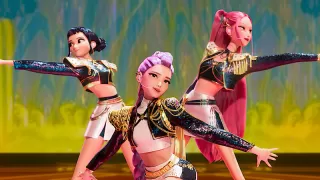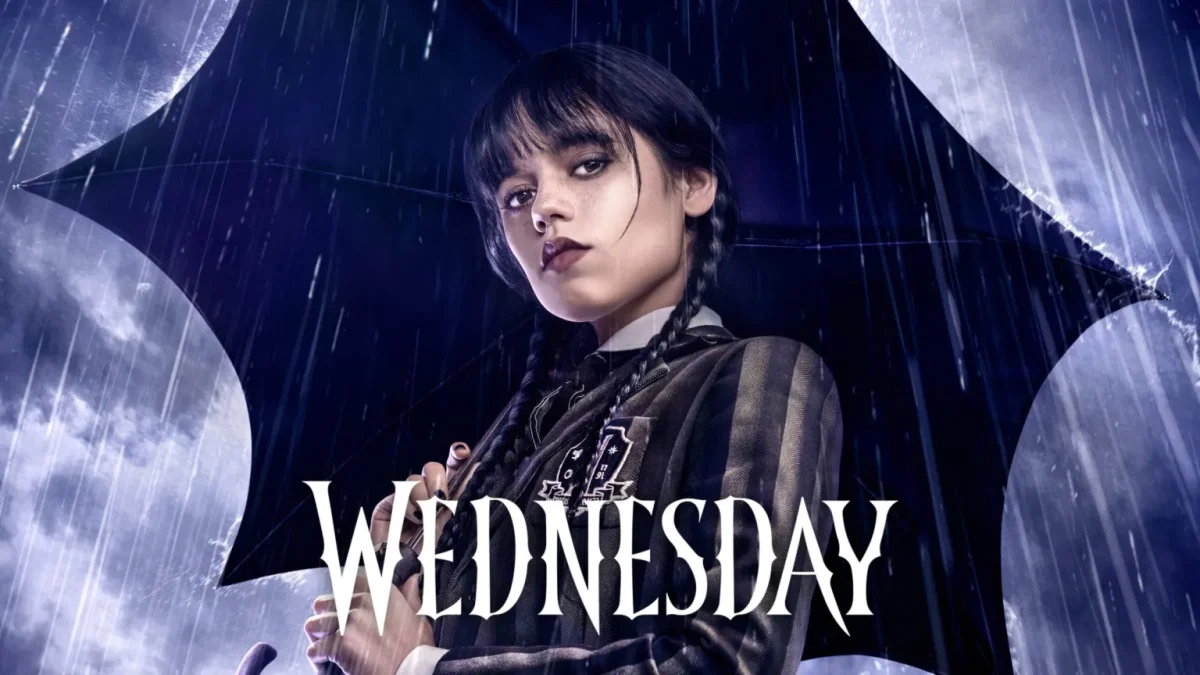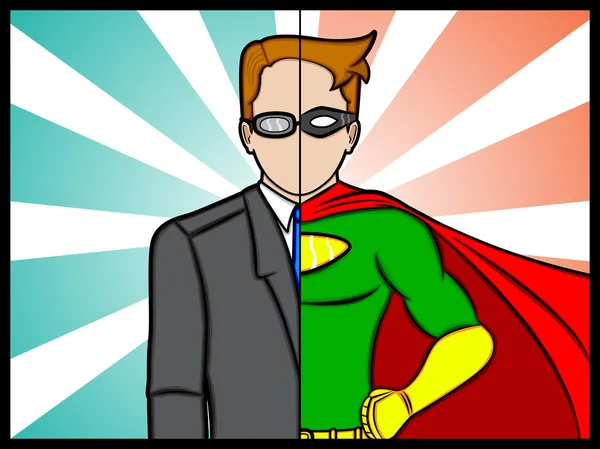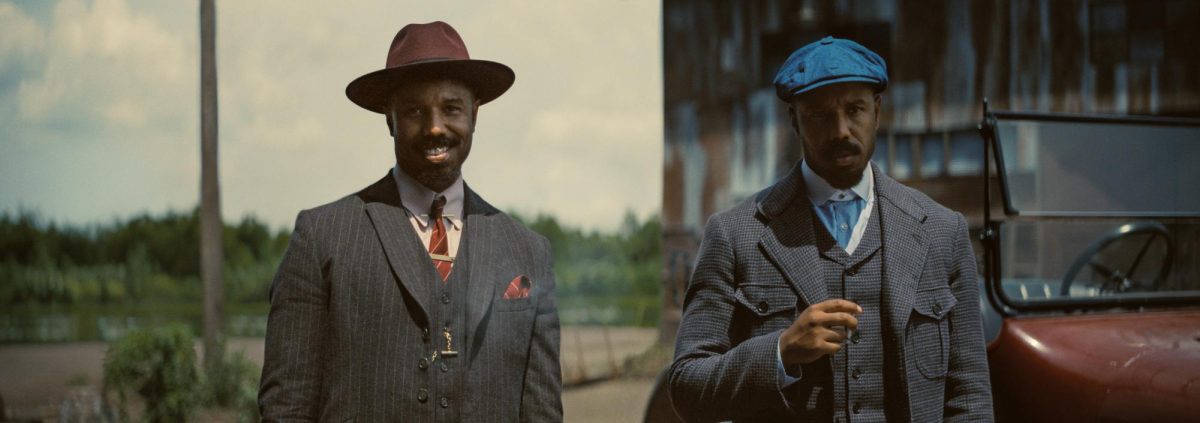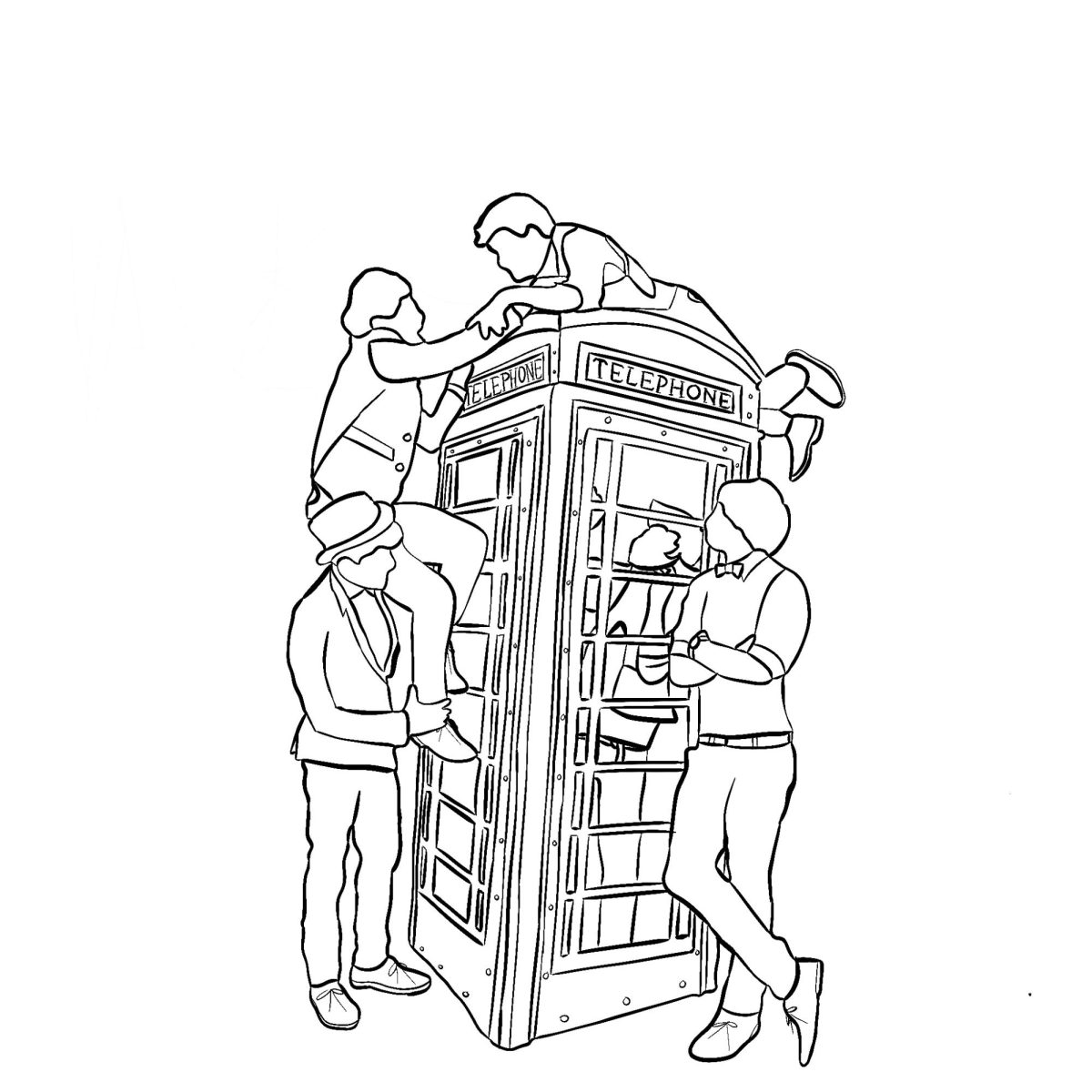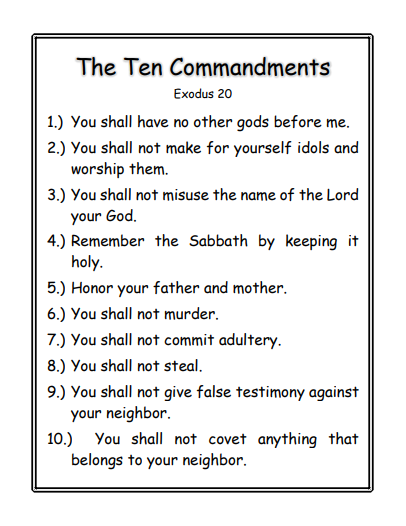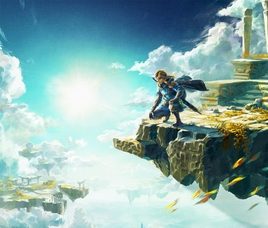
“Open your eyes.” At the sound of her soft, distant voice, his eyes flutter open. His breathing steadies and he sits up, his vision slowly adjusting to the dim shadows of the empty cave-like room that surrounds him. Within a few minutes he is stumbling up and towards the exit, the broad doors sliding open to flood the room with warm rays of sun. He does not know it yet, but it is the first time in a century light has poured into that room.
That is the opening sequence of 2017’s “The Legend of Zelda: Breath of the Wild” (BOTW), a video game that envelopes its player into a post-apocalyptic kingdom as a knight awakening from a hundred year slumber. Utterly alone, the player slowly regains strength and their memories as they progress through the story, discovering how they ended up there, who they are and what their task is. There are few games I can think of that have such an instantly iconic beginning as BOTW, nor can I name a game as of recent that has united critics and fans to such an extent. Imagine Games Network (IGN) called the game a “masterclass in open-world design [that] reinvents a 30-year-old franchise,” Forbes labeled it a “modern masterpiece” and Eurogamer stated it “finds a perfect balance between expressive cartooning and epic lyricism, rendered in rich, painterly colors.” Having sold over 32 million copies as of June 2024, it is undeniable that BOTW is a remarkable success. And this success, of course, could not just end. In 2019, Nintendo released a teaser trailer for a project at the time simply known as “the sequel to the Legend of Zelda: Breath of the Wild.” However, it would not be until four years later in 2023 the game, entitled “The Legend of Zelda: Tears of the Kingdom” (TOTK) would be released.
TOTK is the direct sequel to BOTW and is set roughly seven years after the first game’s conclusion. The player again controls the knight Link, who, alongside Princess Zelda (the mysterious voice in the first game), fights to save the kingdom from another catastrophe. Just like its predecessor, TOTK was met with immediate critical acclaim; The Guardian stated it is a “glorious, hilarious, utterly absorbing Zelda installment” and Metacritic called it an “outstanding, outrageously big action-adventure that builds on the strengths of its predecessor and puts playful freedom above everything else.” When I first played the game myself I too was blown away by all of its dazzling features, which range from entire new areas to explore to evolved gameplay mechanics. However, roughly a year and a half after the game’s release, my feelings have evolved.
TOTK, by all means, is a great game. It takes the majority of BOTW’s best features and essentially expands upon them. For instance, one of BOTW’s highlights is its vast land, and in TOTK players can not only explore the kingdom of Hyrule, but its underground called “The Depths” and the sky via sky islands. This change alone makes TOTK’s map and gameplay more versatile and exciting as players can choose to find treasures on islands in the sky, the pitch black underground or simply stay on the ground level. Not only that, but TOTK offers the player a different set of main gameplay mechanics. In BOTW, players heavily relied on the Sheikah Slate, which is essentially a tablet Link uses to get around the environment. The slate’s main features (called runes) include Remote Bombs (explosives), Magnesis (a magnet), Stasis (temporarily freezes an object in time) and Crynosis (creates ice). These runes were sufficient in BOTW but their usage was sometimes clunky, a fact that extends into TOTK despite the fact TOTK uses none of these abilities. Instead of a slate, Link utilizes newfound magical abilities which include Recall (rewinding time), Fuse (fuses a weapon and an object together), Ascend (traverse through ceilings), Ultrahand (physically fusing and moving objects). These new abilities, while they too can be tedious—specifically when using Ultrahand—serve the game well and enrich the experience.
Moreover, BOTW and TOTK are both open world games, which Gameopedia defines as a “non-linear game world design where the player is able to freely traverse the environment.” While the game recommends heading in one direction, players can ultimately go wherever they want and do whatever they want. This layout works well for BOTW as not only is the player experiencing the kingdom for the first time but so is Link. However, this isn’t quite the case in TOTK as the two games utilize the same map, meaning that in TOTK the majority of players are already very familiar with the land. Though, the landscape is changed as BOTW’s Sheikah Technology is replaced by Zonai Technology, sky islands have emerged, new caves are created, The Depths, new monsters and more. Still, the magic of exploring BOTW’s map is simply not truly recreated in TOTK.
Another aspect of BOTW that TOTK attempts to recreate but can’t execute the same is the game’s story. BOTW’s narrative, by all means, is not groundbreaking. BOTW’s open world formatting means that it is not really a story-driven game; one enjoys the story, but they play to explore the land and fight monsters rather than be emotionally moved by a complex narrative. In fact, Link’s main goal in BOTW isn’t really in the forefront of the entire game as, though the main boss Calamity Ganon has a constant presence, he is kept at bay by Princess Zelda’s magical powers. This specifically is why the player can spend all of this time exploring and gaining strength before choosing to defeat the boss and end the game: the enemy physically cannot fight Link himself. In TOTK, the world faces a more immediate threat of Ganondorf, dubbed the Demon King, who has been sealed for centuries but now has awakened with the intent to take control of the kingdom. Despite the fact that the Demon King very much has the power to do this, he doesn’t do much other than sit and wait for the player to fight him and end the game. From a story perspective, there’s no actual reason for him to do this; he’s not being restrained or confined, but in fact all his power has returned. But this is only one of many story issues that lie within the game, which to name a few include: the fact that each time one defeats a regional boss the same information is relayed in nearly identical cutscenes, the Master Sword is weaker in TOTK than BOTW despite the fact that it was healed by a benevolent dragon, the iconic character Kass is missing with no explanation and replaced by unremarkable stable side quests, the questions regarding the Zonai are left unanswered, Zelda (who is transported to the past) says nothing about the threat of Ganondorf despite the fact she knows about Calamity Ganon, NPCs (non-playable characters) forget about Link despite the fact he saved the world in the past game, the Imprisoning War seems to literally be a single battle and more.
Even the game’s highlights suffer from a variety of issues. For instance, even though players can explore the underground and sky, after the player has explored for a little bit in these areas they’ve essentially seen it all. The sky has sparse islands that look nearly identical and the entire underground has the exact same terrain regardless of what part one is on the map. Moreover, while the new weapon fusing system is intriguing, the weapons often are odd looking, easily broken and lack the efficiency and wonder promised. In BOTW, one could purchase elemental arrows, but in TOTK, elemental arrows must be acquired by taking arrows and fusing them with certain monster parts or fruits that have the same elemental effect. This is pretty inconvenient when in combat as one has to fuse individual arrows over and over again as opposed to just being able to fire arrows. Also, in BOTW the way the player would regain strength is through completing shrines, which are essentially puzzles the player completes and can earn hearts and stamina from completing. In TOTK, so many of these shrines are underwhelming and lack the personality they had in BOTW.
While there are many more positives and negatives to say about TOTK, it must be emphasized that while TOTK isn’t perfect, it is still a great experience. Its opening and closing sequences are by all means breathtaking and overall it offers a rich experience to both fans of the Zelda series and video game enjoyers.

